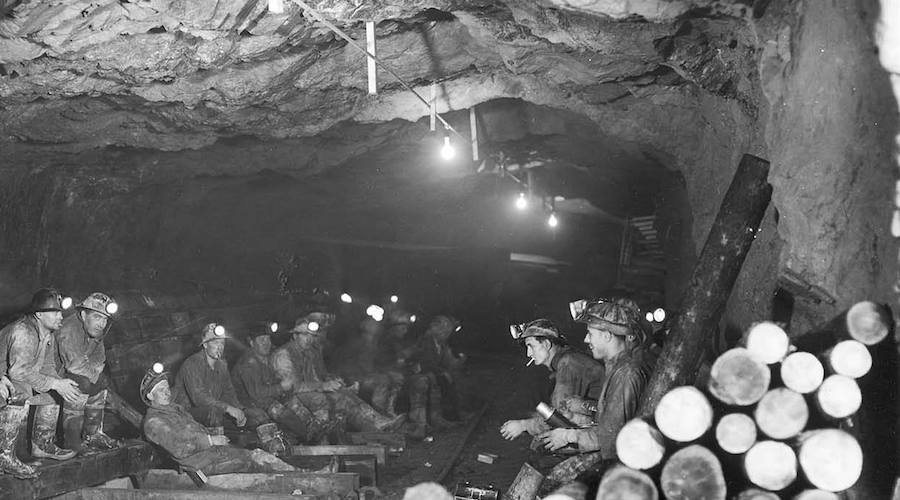
December 31, 2017 marked the end of an era for one of Canada’s oldest and most prolific gold mines.
After 107 years of operations, Porcupine Gold Mines’ Dome underground mine in Timmins, Ontario, ceased operations due to aging infrastructure, low productivity and depleted resources. The minelife had been extended for 18 months in July 2016.
According to a local news site, the mine’s 140 workers had cake and their picture taken to mark the occasion. Morale was high and no one abandoned the ship -or, in this case, the pit- ahead of time.

Conveyances will be stopped in the next couple of weeks, the site reported, which means that some staff still have work to do.
Porcupine, which is a subsidiary of Goldcorp (NYSE:GG, TSX:G), announced Dome’s closure in August. Back then, general manager Marc Lauzier said the decision was made in order to optimize the business and help him secure investments for other projects in the area.
The Dome mine was the longest continuously operating mine in Canada and one of the earliest producing sites in the Abitibi Gold Belt, a 450-kilometre-long by 150-kilometre-wide swath of mineralization that stretches from Foleyet, Ontario, to Chibougamau, Quebec.
Early gold discoveries in the Porcupine camp were made starting in 1901, followed by the eventual discovery of the gold-rich Dome, Hollinger and McIntyre prospects in 1909. The two latter, together with another one called Century, are the main projects Porcupine is working on in the area.
According to Goldcorp, Porcupine has produced more than 67 million ounces of gold since production began in 1910.
4 Comments
Ivan Wermuth
Sad when a minearl community discontinues sustainable employment .
However , 107 Life of Mine is appreciated .
patentbs
Nice to see the main crew stuck with the mine to the end of production. That says a lot about the miners and the employer. Of course there will be workers around through the shut down phase, but that is not like mining!
Steve Denton
Congratulations all. 107 years is something to celebrate and any community should be so lucky as to have a major local business survive for so long.
Guan Sophie
NEW EAR IS COMING FOR MINING INDUSTRY.